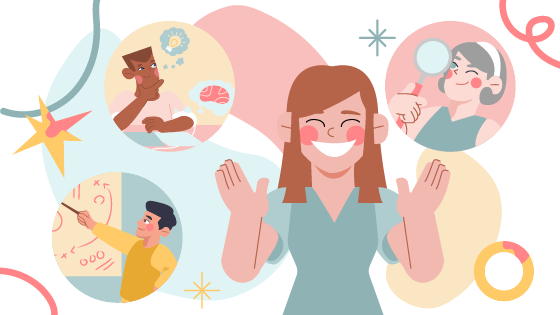Sometimes, getting employees to consistently operate at full capacity is no walk in the park. But even with all of the tools to help motivate employees (work lunches; brainstorming sessions; coffee) management might still find themselves hitting a wall when trying to eke out all the potential of which employees are capable. And while keeping them glued to their desks might seem like the answer, it might be those sedentary hours that are working against them.
Enter the walking meeting: Sure, talking about important stuff when wearing Nikes might seem a little silly, but some organizations are finding that getting away from the desk is proving to be a big boon for creativity, efficiency, and mood at work. Still not convinced enough to swap the boardroom for the boardwalk? Check out some of the major benefits of talking and walking.
- Higher Levels of Creativity. In a study by Stanford University, researchers found that subjects were 60 percent more creative when walking rather than sitting. In fact, 100 percent of subjects were able to generate an analogy after walking, when only 50 percent of sitters could complete the same task. Think about it: Employees that are more creative and better problem-solvers simply from taking a walk around the park. It’s a small time commitment that could pay off heftily in the long run.
- Reinforced Workplace Culture. Here’s the thing: An organization can preach health and wellness, offer unlimited Greek yogurt in the lunch room, and run work-sponsored marathons, but if the same organization is requiring its employees to spend eight hours in a sedentary position, the commitment to health could come off as lip service. Sitting is quickly becoming the modern equivalent of other bad habits, like smoking, in terms of heart disease causation. By implementing walking meetings, an organization has a chance to reinforce a dedication to health as part of the workplace culture.
- More Energy and Better Mood. It seems like just about everyone hits that 3 p.m. wall. You know the one; it’s where all production stops in favor of checking out the vending machine or hopefully checking on the coffee pot. But, thanks to mood-boosting endorphins released during exercise, those who walk before or during meetings are energized and ready to contribute to the team (which means no more dealing with cranky pants from the buzz kill department).
- Improve Efficiency. When someone is subjected to the same stimulus for a long period of time—even if that stimulus is high energy or demanding—eventually, the brain effectively blocks it out. Allowing employees to get out of the office and experience new surroundings can kick start efficiency when it starts to lag. A study completed by the University of Illinois found that individuals who experienced a “brief diversion” easily made up the time in efficiency later, especially when compared to subjects who did worked straight through.
Of course, when applied to a training scenario, a walking meeting with all learners might not be feasible. Still, the concept of marrying exercise-based diversions with a work-based task can still apply. Perhaps an educator could schedule training after a walking lunch, or offer a podcast that can be listened to while the learner exercises.
Forcing learners to participate when they’re sleepy, cranky, or otherwise disengaged could mean setting up for failure. By incorporating something as simple as walking as a precursor, all material becomes more effective.





